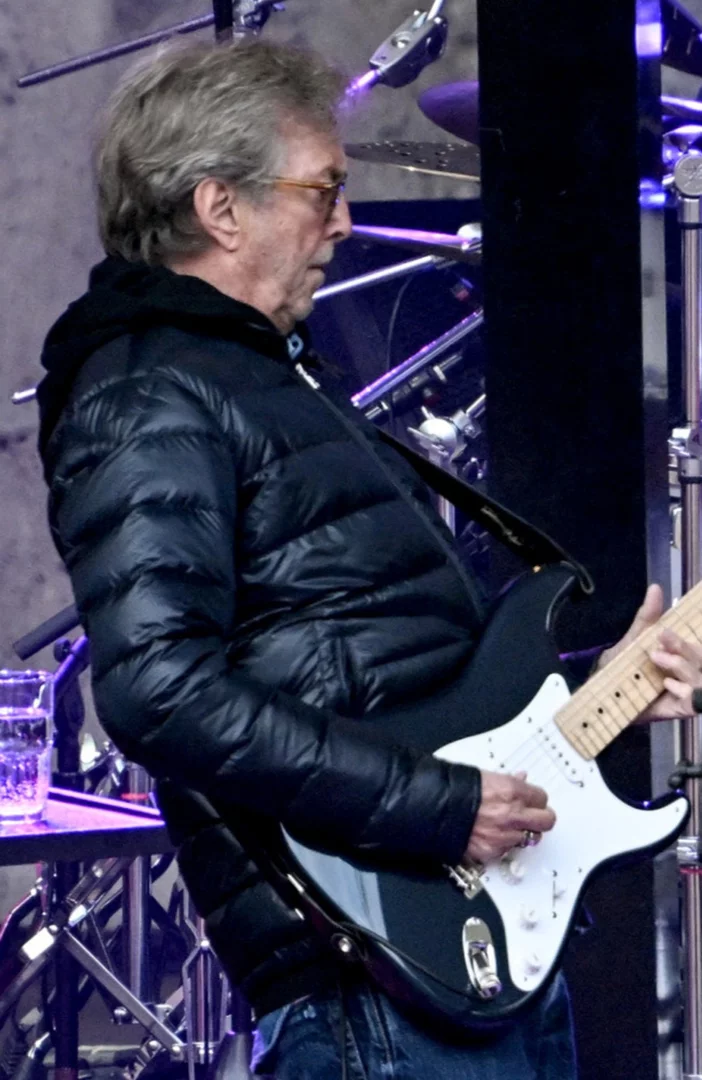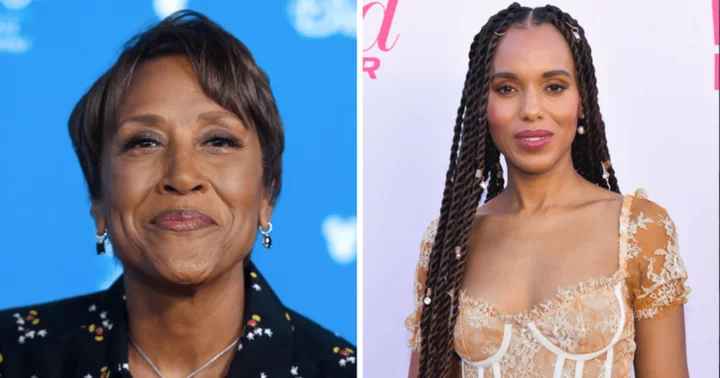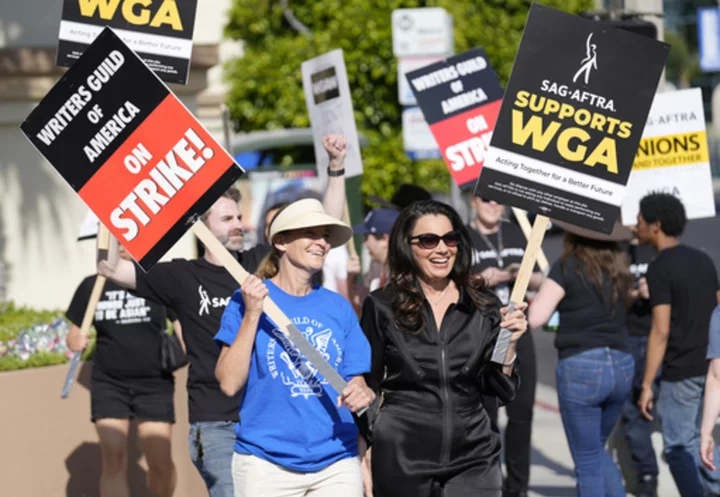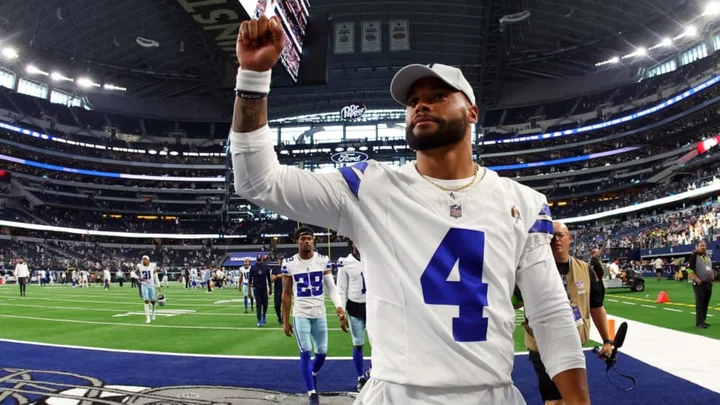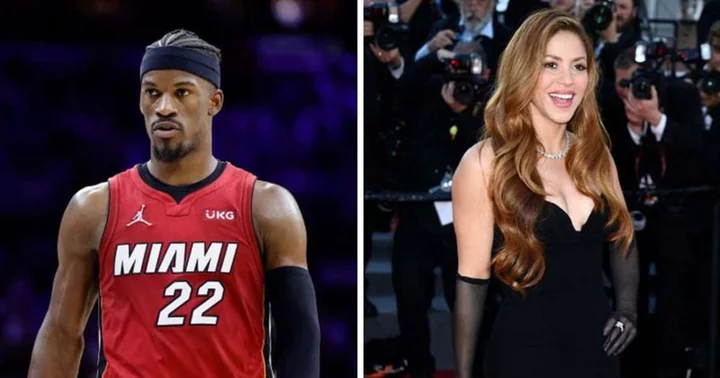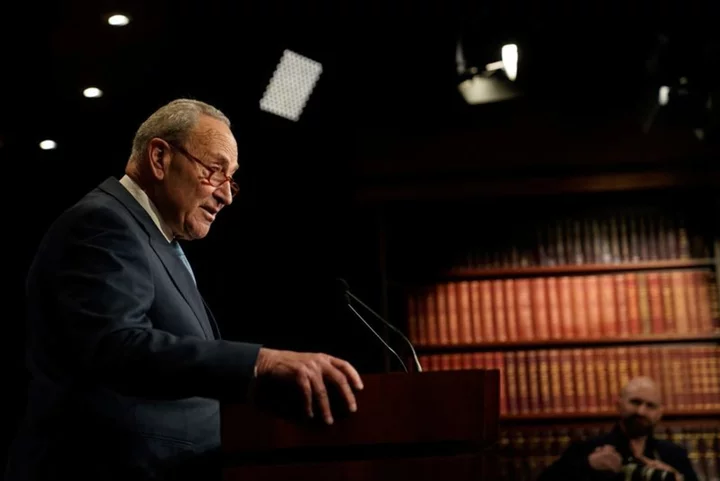It's been 30 years since Steven Spielberg's dinosaurs stampeded across the screen in the first "Jurassic Park," but it feels more recent.
I was 12 in June of 1993 and vividly remember watching with glee when the Tyrannosaurus Rex, with its teeny arms and perpetual scowl, blew the walls of the bathroom down like a big bad wolf and promptly ate the lawyer character (played to hilarious effect by Martin Ferrero). Part of this, surely, had to do with the fact that I was a mouthy pre-teen, and many adults in my sphere at the time opined that I "would make a great lawyer" just like my father -- a fate I abhorred.
Admittedly, I was the exact target audience for this creature feature, and even though I was already somewhat of a self-taught critic (note the aforementioned mouthiness), I was awed by what I saw that summer three decades ago, and my impressions of "Jurassic Park" remain to this day.
Part of that lasting impact, of course, has to do with the still-groundbreaking effects in the movie, which surprisingly hold up, and on a fairly hi-tech 72-inch TV screen to boot. While the first dino money shot -- of the plant-eating brachiosaurus -- might look just a tad soupy in 2023, it still looks considerably better than more contemporary fare, and the ensuing imagery of the more predatory beasts (like T-rex and especially those raptors) remains top-notch. The computer-generated imagery in the movie is essentially credited with marking the end of stop-motion animation as the go-to effects option for films such as these, notably used in everything that came before, from 1933's "King Kong" to 1981's "Clash of the Titans." The animatronics are something to behold as well, particularly the ailing triceratops responsible for that "one big pile of s---," one of many priceless quips uttered by Ian Malcolm (Jeff Goldblum).
The appeal of "Jurassic," based on Michael Crichton's acclaimed novel, is also largely due to the film's suspenseful and pared-down pacing, which of course can be linked to Spielberg, who learned a thing or two about keeping his cards close to his chest with "Jaws" -- the great white mother of all creature features that famously showed startlingly little of the big fish before the climax.
Another "Jaws" connection is prolific film composer John Williams, the Spielberg collaborator who created a majestic score for "Jurassic Park" that is still synonymous with an air of discovery, one that can easily be hummed when looking upon any great view or upon entering a new and uncharted space.
And then there's the casting, an element that sometimes takes a number of years to truly appreciate. Aside from the always-dependable Goldblum, there's Laura Dern, who carved out her own Sigourney Weaver-shaped notch in the movie thanks to that one terrifying sequence in the control shed. Plus, her reaction shot to that first dinosaur reveal -- along with that of Sam Neill -- could be viewed as a textbook for green-screen acting, which has become the standard ever since, in Marvel movies and beyond. Add to that the amazing and meme-worthy smaller performances from Samuel L. Jackson ("Hold onto your butts!"), Wayne Knight ("Ah ah ah! You didn't say the magic word!") and Bob Peck ("Clever girl"), and you've got a crowd-pleaser that is equal parts adventure, comedy and chomp-chomp thriller.
While the rest of the entries in the "Jurassic" franchise have not exactly been up to par (aside from 2015's not-terrible first reboot "Jurassic World"), the original flick still "rules" -- and is definitely worth a rewatch on the occasion of its 30th birthday.



